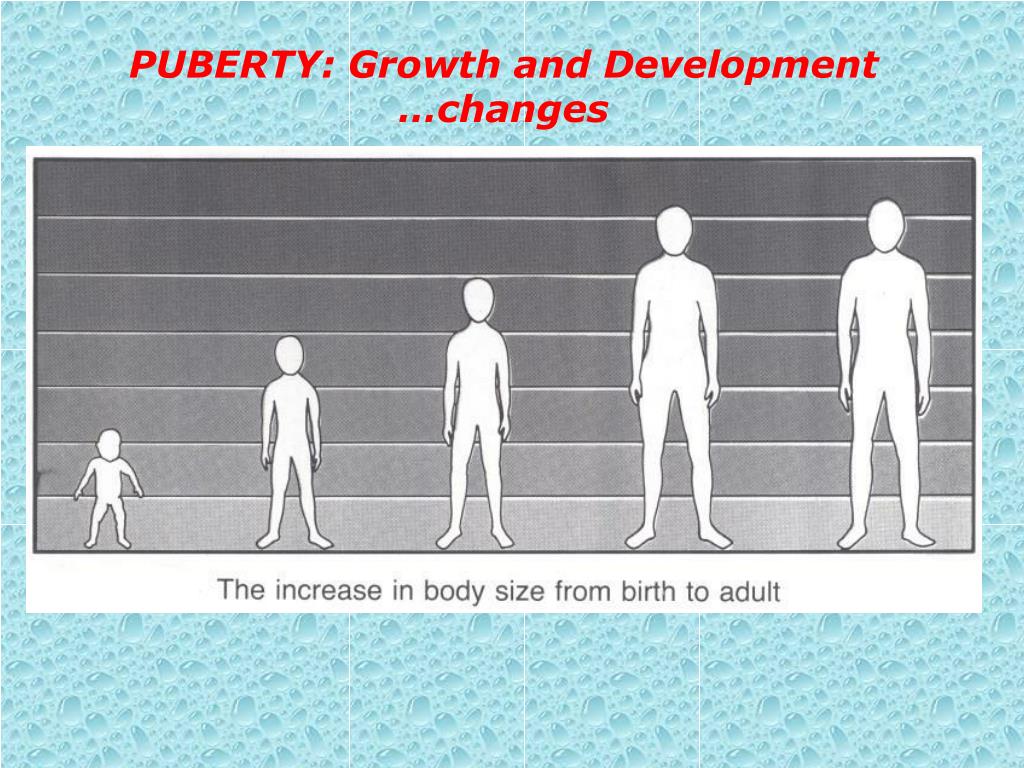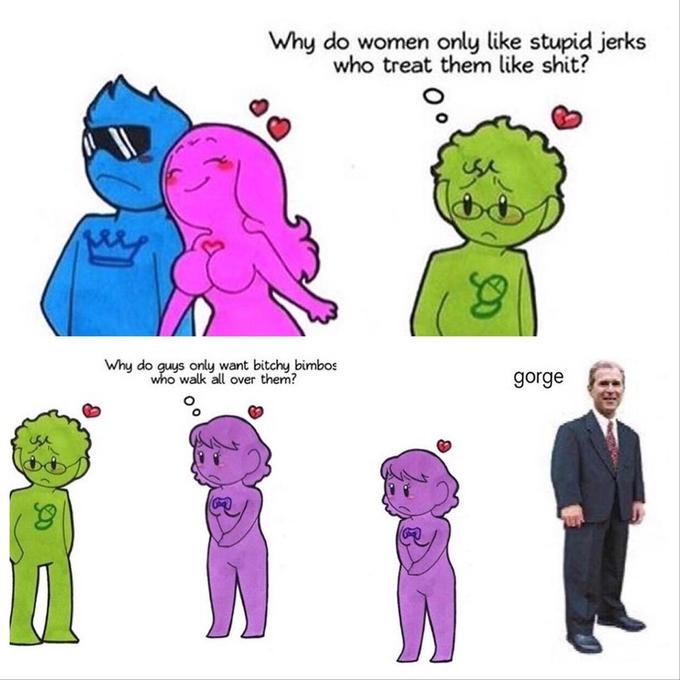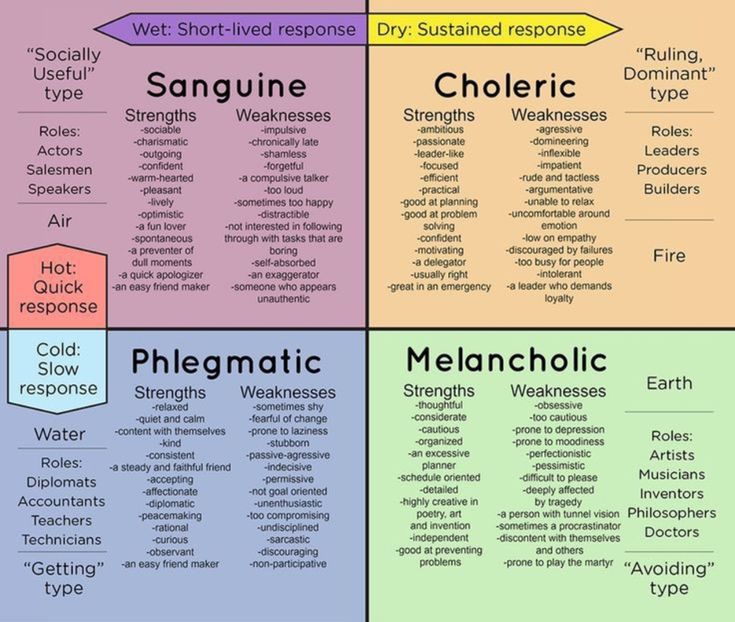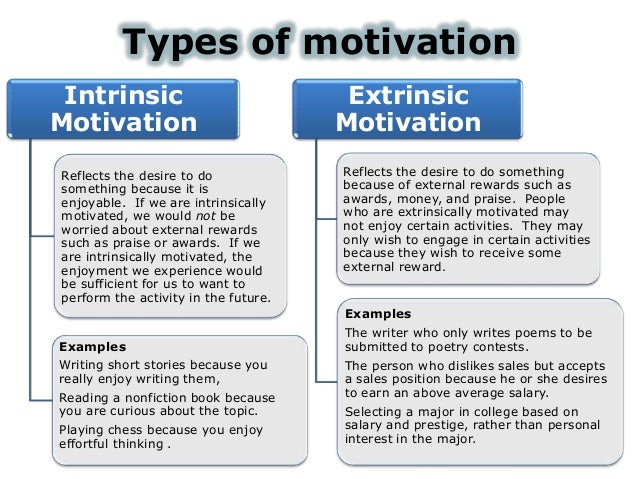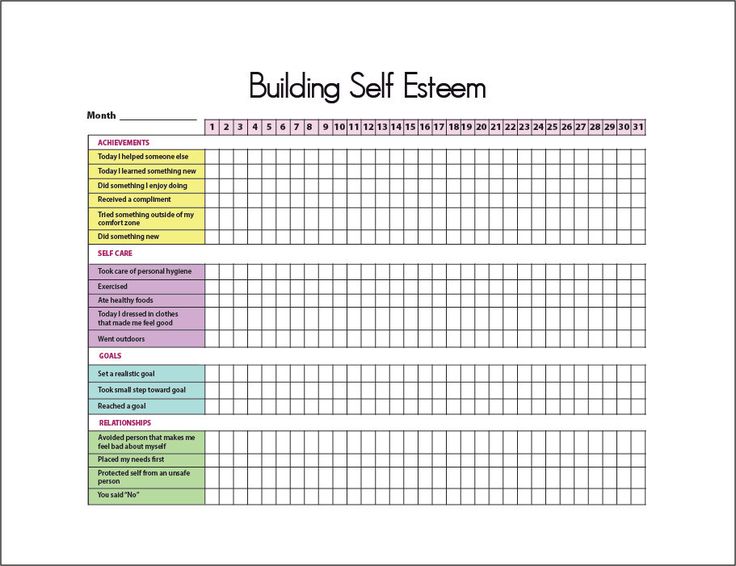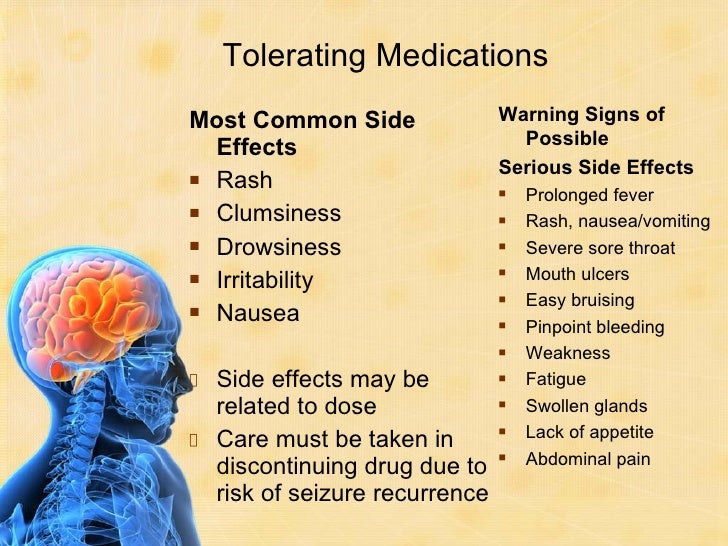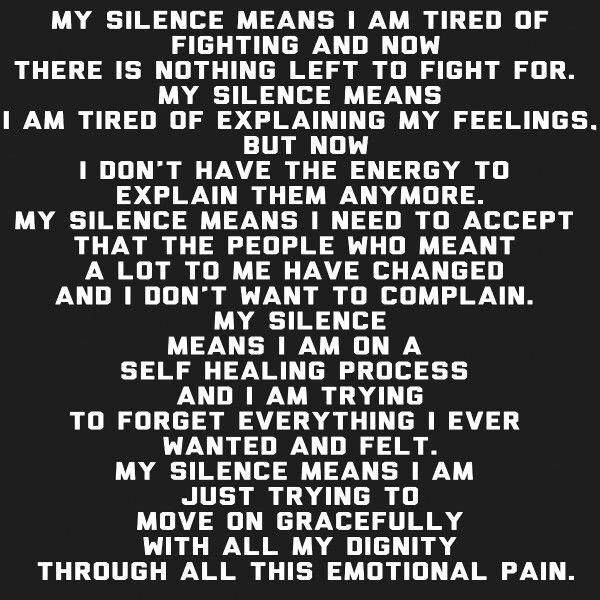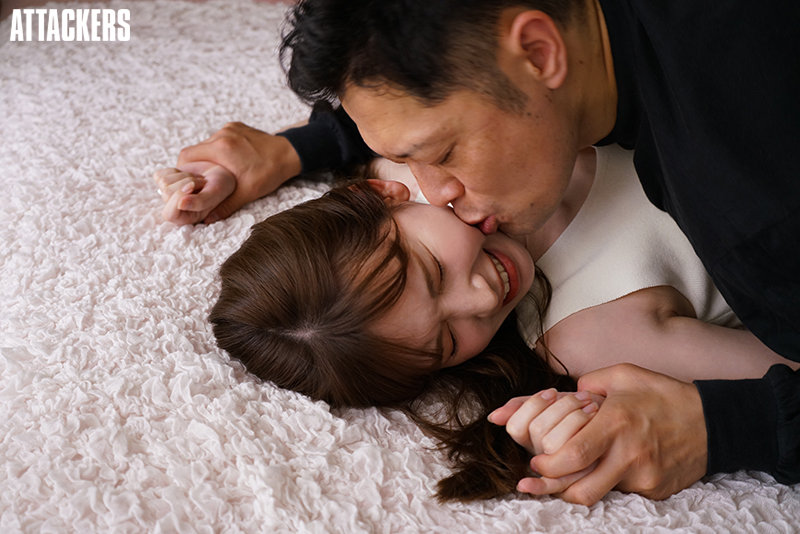Growth and changes
Change and Growth - There’s a Difference
“Change can be instant — growth is slowChange can be a one-off event — growth is an incremental processChange can be made by a single decision — growth requires consistent motivation and learningChange can be the beginning of growth — growth always starts with a decision for change.”― Danielle BernockAn ancient Chinese Proverb says, “If you wish to know the mind of a man, listen to his words.” Recently, I’ve found myself using “change” and “growth” interchangeably in my speech when discussing my journey over the past year.
This notion becomes even more evident in my response to comments like “Wow Nate you have changed a lot” or “I see the growth bro, salute.” Unfortunately, the inability to grasp the nuances between change and growth came with a price. It cost me peace of mind because it created an internal conflict.
A battle driven by the desire to answer the question, “what marks change?” Is change marked by the crossing of the starting line or the crossing of the finish line? Or is change the process endured in between?
Fortunately, I stumbled across Danielle Bernock’s comments on change/growth and started reading Rising Strong by Brene Brown earlier this month. Together, they transformed my perspective on my journey.
In Rising Strong, Brown presents an interesting question in Chapter 6, “Do you think people are doing the best they can?” My initial thought was NO! Nevertheless, throughout the remained of the chapter she builds a case trying to persuade the reader that people quite possibly are doing the best they can.
Mentally, however, I could not fully embrace the idea, and I didn’t know why. However, after reading the quote by Bernock, I realized that my misunderstanding of growth and change was in fact the source my skepticism.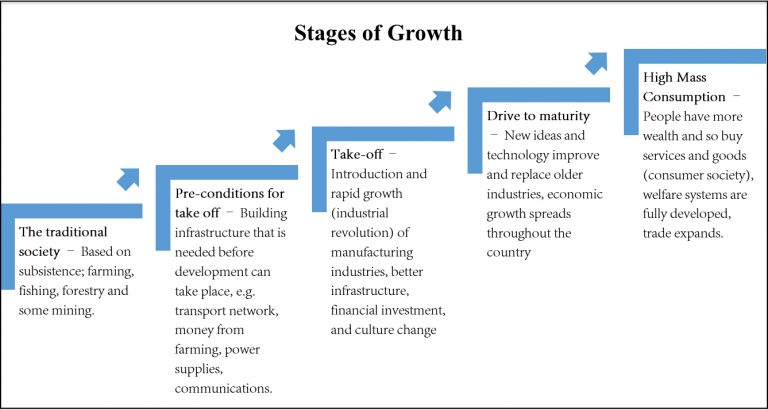
I was failing to give myself permission to not be perfect in areas that I was growing in. As a result I was not issuing myself grace. Further, I could not embrace that people were doing the best they could. Nevertheless, I’ve realized that the process is 3 parts.
“The Process”- Change - The decision to change.
- Growth - The evolution process that occurs between the start and finish line.
- Transformation - The full integrated initial decision to change is displayed through your actions.
Change + Growth = Transformation
Declare Your Independence (Change)In its founding document, The Declaration of Independence, the forefathers of these United States said:
“...we... solemnly publish and declare, That these United Colonies are, and of Right ought to be Free and Independent States, that they are Absolved from all Allegiance to the British Crown...”
First, declare your independence.
Growth always starts with a decision for change. Winston Churchill said it best, “the first quality that is needed is audacity.” These colonial renegades dared to pursue change. Yet despite the boldness of the Declaration of Independence, King George III of Great Britain initially thought very little of it.
Perceiving it as a bluff. An empty threat. There was no way ex-convicts and individuals outside of the monarchy would be foolish enough to challenge the Crown.
Typically, the short term reaction to change is shock/ disbelief. In the Hollywood classic Carlito's Way, Carlito Brigante, a former high-level Puerto Rican drug dealer vows to go straight after his release.
Unfortunately, his criminal past proves more difficult to escape. On numerous occasions throughout the movie, Carlito declares his independence. Affirming that he is out of the drug game. Stating that he is done engaging in criminal activity.
But the shock of a known criminal going cold turkey seemed unreal, so no one took him seriously. From his friends to the judge to his lawyer who swore to defend him, they all questioned his sincerity.
At a macro level, it’s clear why no one believed Carlito. The odds were against him. Most people don’t change. The Bureau of Justice Statistics says 77 percent of inmates are rearrested within five years of their release.
I’d argue that this statistic is similar for repeat offenders in the civil issues that occur in our personal life. From our relationships to our careers, everything that must be endured between the decision to change and transformation isn’t easy. So unfortunately, most people who start don’t finish.
Old You:“Fool me once, shame on you; fool me twice, shame on me.”
Due to an overwhelming amount of people seeking change but never growing or transforming, it’s important to understand that people will question your sincerity.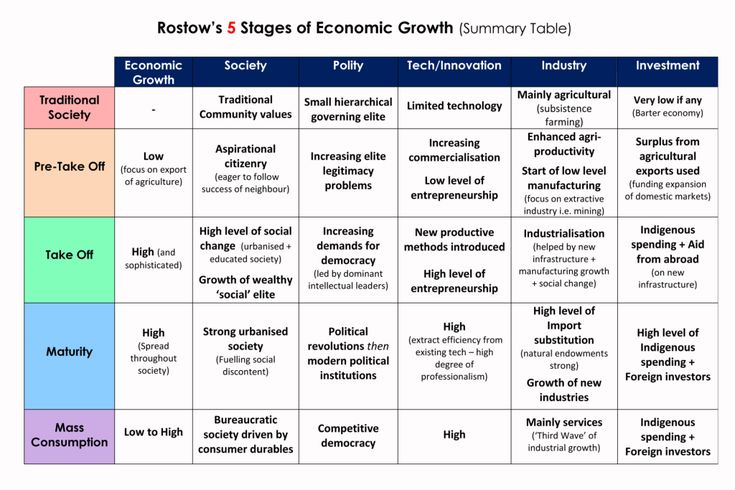 They’ll automatically be in defense mode.
They’ll automatically be in defense mode.
Don’t take it personal, but rather give people time to adjust to the new version of yourself. It’s not easy. But the only way I know works is to first forgive yourself.
“Forgive yourself for not knowing what you didn't know before you learned it.” ― Maya Angelou
I just finished the 2nd season of The Chi and one of my favorite moments is episode 5 when Rafiq comes to visit Ronnie after he didn’t show up to The Center one day. Ronnie, who killed an innocent 16 year old boy, is dealing with the burden of his fatal act.
Ronnie: “There were some women staring at me. Think it might be better to stay away.”
Rafiq: “Your feeling judged. Or maybe you're judging yourself. When I was sentenced for killing that girl. Hell was not in prison. Hell up here (while pointing at his head). When I got released it didn't matter what people thought about. What mattered was what I thought about myself… Also, one of the women was staring because she thought you were cute.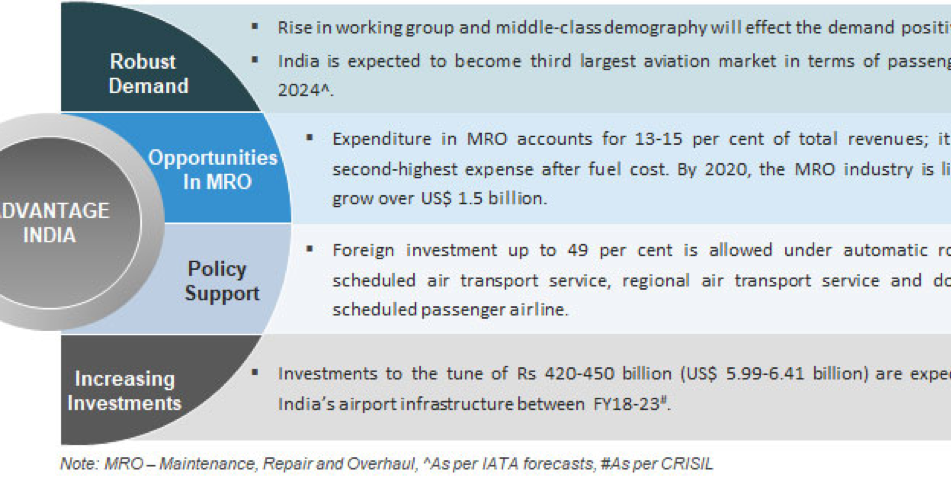 ”
”
Judgement is only difficult to handle when you haven’t forgiven yourself. It’s clear that Ronnie is perceiving everything through the lens of his guilt. So much so that he mistook a woman who was interested for a woman who only saw him as a murderer. Moreover, forgiving yourself is an important component of the transformation process.
“If people refuse to look at you in a new light and they can only see you for what you were, only see you for the mistakes you’ve made, if they don’t realize that you are not your mistakes, then they have to go.” ― Steve Maraboli
Unfortunately, some people will never accept that you have transformed. Regardless of how many times you demonstrate that you mean well and have grown. For these individuals it’s imperative that you cut them off.
Part of Carlito’s problem was that his friend refused to accept who he was trying to become. Replace people who discourage you with people who will encourage you and hold you accountable to the declaration to change.
Fight For Freedom (Growth)When the shock that first accompanies audacity runs out, it is often replaced with rage. Therefore it is essential to begin preparing to fight for your freedom once you declare your independence. The enemy, in the USA’s case, the Crown, will not give you your freedom without a fight.
The revolutionist had to earn it. Their commitment to change had to be tested. Many people give in when the test comes. When it's time to rise to the occasion, they fold. Reverting back to their old self as British citizens rather than standing firm in their US identity.
Moreover, the growth process is a difficult one. In addition to the external battles you will fight battles within yourself. Here are some things to keep in mind.
Knowing ≠ Doing:“If you knew better, you'd do better.” Many cliches sound good when expressed verbally. Presenting an aura of wisdom and understanding.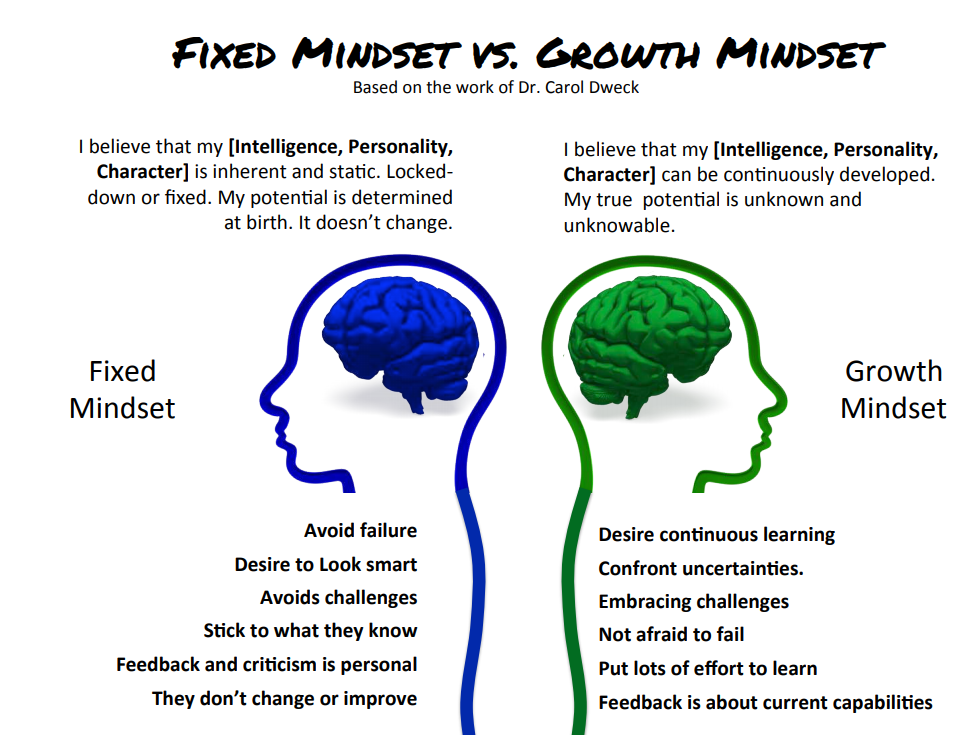 Showcasing an upbringing that was based on morals and principles.
Showcasing an upbringing that was based on morals and principles.
But as another famous cliche goes, not everything that glitters is gold. In other words, not everything that sounds good to the ear is based on truth. However, persisting through multiple generations, many of these old sayings go unchecked. Rarely are the claims they make tested and validated.
Personally, I disagree with the saying, “if you knew better, you'd do better.” As it grossly underestimates the gap between knowing and doing. In a way, it assumes that the growth process is linear.
When in reality, growth often feels like a never-ending cycle of 1 step forward and 3 steps back until a final breakthrough. Knowing is enough to spark the desire to change. But doing requires growth. It calls for a slow incremental process filled with trial and error, through your own personal experiences or the experiences of another.
I remember last year after making the decision to be more vulnerable, being aware of what that meant but uncertain about how to demonstrate vulnerability when called for.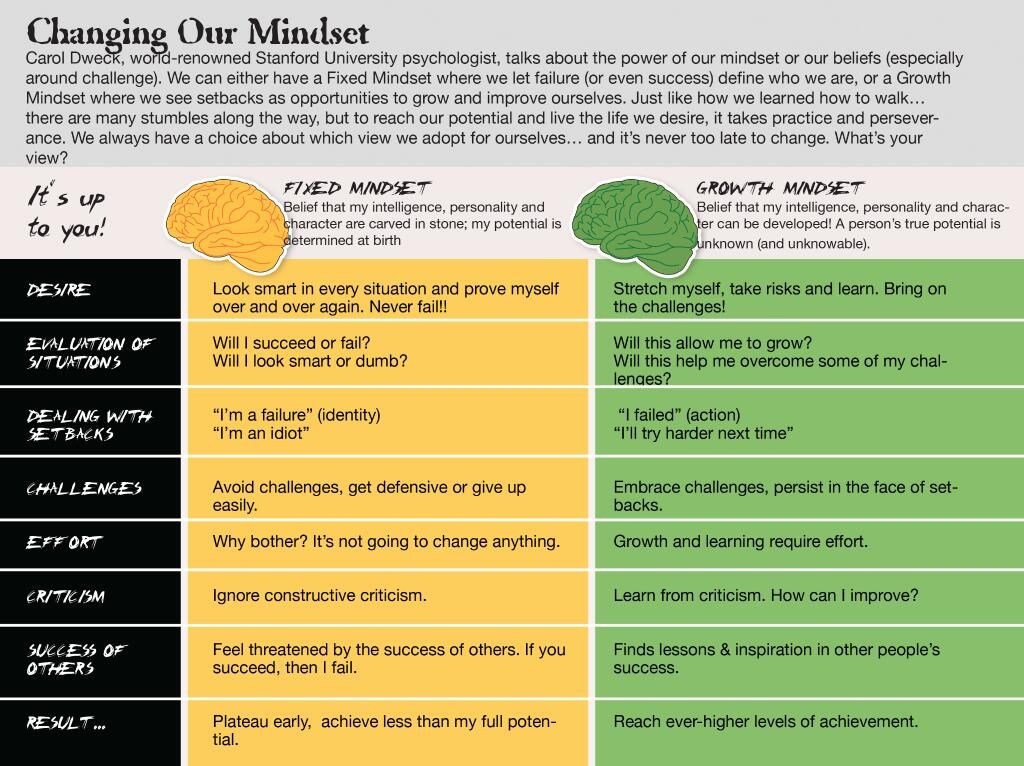 Doing requires more than knowledge. It also requires courage, vulnerability, and discipline.
Doing requires more than knowledge. It also requires courage, vulnerability, and discipline.
You Have The Right To Tell Your Story (Transformation)The Power of Stories:
“The highest human act is to inspire.” - Nipsey Hussle
Inspiration is transpired through storytelling. And the most impactful stories we encounter are ones of personal triumph or defeat. But what makes one story more enticing than the next when all of our stories are inherently valuable.
Is it the messenger? Lived experiences? Like overcoming a near-death incident, sexual abuse, homelessness, or another one of life’s most painful tragedies to endure. These naturally seem more captivating. However, what I’ve found supersedes a story of great struggle and pain is a story that is authentic and real.
One of the stories/people that played a significant role in my journey over the past year was Brene Brown. On the Design Matters podcast, she shared a story about not making the dance team in high school.
On the Design Matters podcast, she shared a story about not making the dance team in high school.
On the surface, it may not seem like a big deal when you consider all that takes place in our world today. But it wasn’t necessarily the story itself that moved me instead the vulnerability displayed when sharing.
Describing in detail her feelings of shame, rejection, and not belonging when she didn’t make the team. It moved me to think about experiences where I too endured those same emotions. The best stories don’t cause sympathy
“I feel sorry for you,” but empathy “me too.” They provoke us to look internally and search within ourselves.
Own Your Story:Transformation requires owning your story. And owning it is not synonymous with understanding or knowing. Knowing your story is having knowledge of your experiences. In Brene’s case, recalling that she didn’t make the dance team in high school.
Understanding is connecting the dots in your life and seeing how unhealed trauma can play a role in how you engage with life.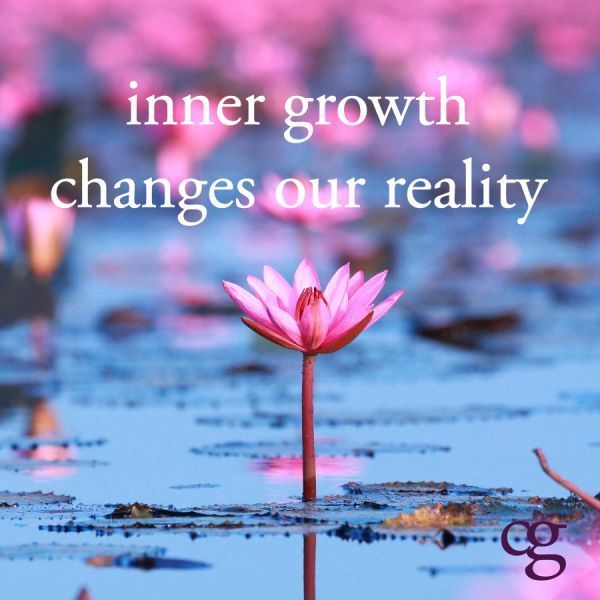 I.e., since she didn’t make the dance team, she didn’t try out/audition for anything ever again.
I.e., since she didn’t make the dance team, she didn’t try out/audition for anything ever again.
Owning requires uncovering the part of your story hidden by shame. She believed her parents were ashamed because in high school, her dad was the captain of the football team and her mom was the captain of her drill team.
She felt like she no longer belonged in her family. The impact of her story came from her courage to be seen despite the shame.
“There is nothing noble in being superior to your fellow man; true nobility is being superior to your former self.” ― Ernest Hemingway
To conclude, I was able to release a huge burden when I learned the different stages of “The Process”. I hope that this article will do the same for you!
The Difference Between Change and Growth
Two words that get bandied about a lot in the personal development sphere are “change” and “growth”. You’ve probably noticed, for instance, that this blog is called “The Change Blog”, and that Peter describes in his personal mission statement a commitment to maintaining a “personal growth blog”.
It’s tempting to use “change” and “growth” in a woolly sort of way, meaning “living a better life”, but in fact, they’re quite different concepts:
What’s Change?Change Often Means a Turn-Around
When you talk about changing your life, you might mean going back to college, moving to a new city (or country), or starting a family.
Change Can Be A One-Off Event
Some changes happen suddenly, like losing your job. The effects will change the days, weeks and months to come … but the change itself is relatively sudden and self-contained.
Change Can Be Externally Imposed
Not all changes are ones you choose. In fact, many might come from the outside. Some of these will be negative changes (eg. the death of a relative), some might seem like negative changes but later become positive ones (eg. becoming a father). Either way, knowing how to manage change is important for making the best of these times.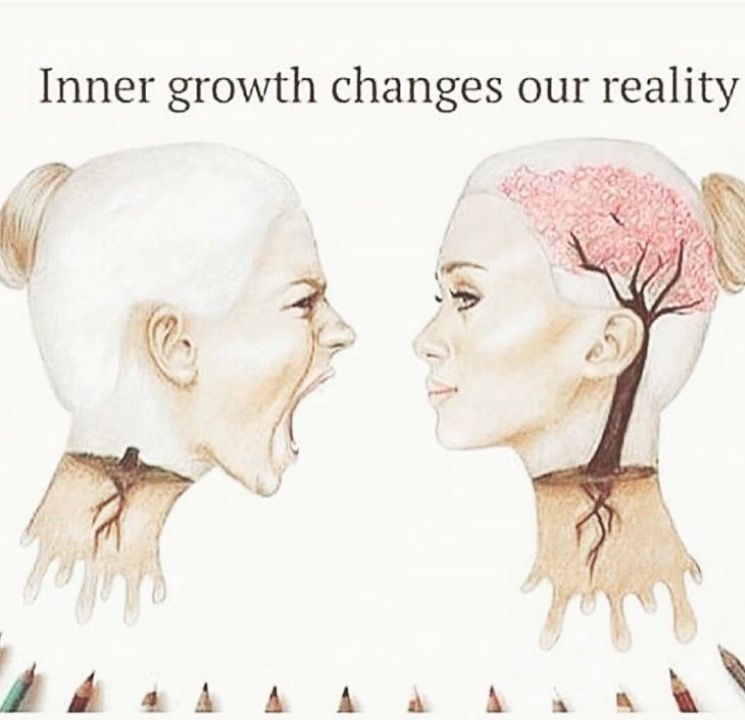
Growth Takes Time
Whilst a change can happen overnight (whether it’s a paradigm shift in the way you think, or an external change like becoming a mother/father) … growth always takes time. You can’t become an expert in a day, or completely shed all your old bad habits in a week.
Growth Is An Incremental Process
When you’re growing, you’re moving steadily in one direction. This could mean gradually becoming a better parent; consistently working towards a promotion or career shift; getting a degree or other qualification.
Growth Needs Motivation
While changes can come from the outside, growth always comes from within you. Other people might support, help and encourage you – but ultimately, you have to want to grow. It takes energy and effort on a long-term basis … which means you need to keep up your motivation.
Do You Need Change or Growth?At some times in our life, we may need to face up to big, radical changes.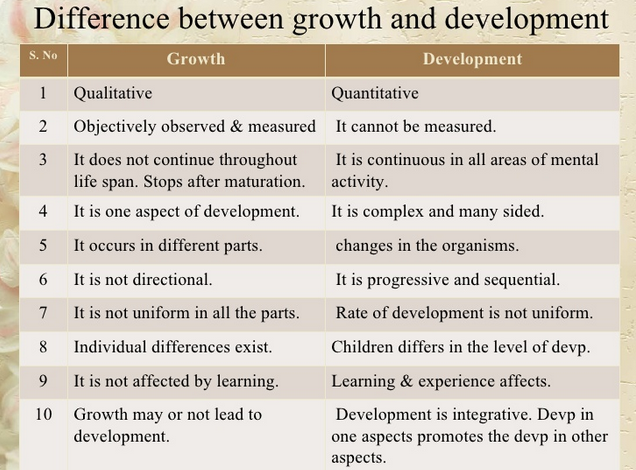 These can sometimes be painful to endure or even to contemplate … but on the other side lies a better life.
These can sometimes be painful to endure or even to contemplate … but on the other side lies a better life.
Other times, we’re pretty much on track – we just need to keep going onwards, rather than getting complacent. This is when growth is called for. It can be a big mistake to assume that whenever things aren’t perfect, you need to change … sometimes, you just need to keep on in the same direction?
So which situation are you in and how can you figure out whether you need change or growth? For me, the best way to distinguish between the two is to consider whether the situation you’re in could get better if you applied some thought and effort. If you feel that there’s no realistic hope for it ever improving, it might be time for a radical change. This is especially so if your current actions are making the situation worse.
Here’s an example that might have come up for you in the past (or which might arise in the future): you’re considering leaving your current job.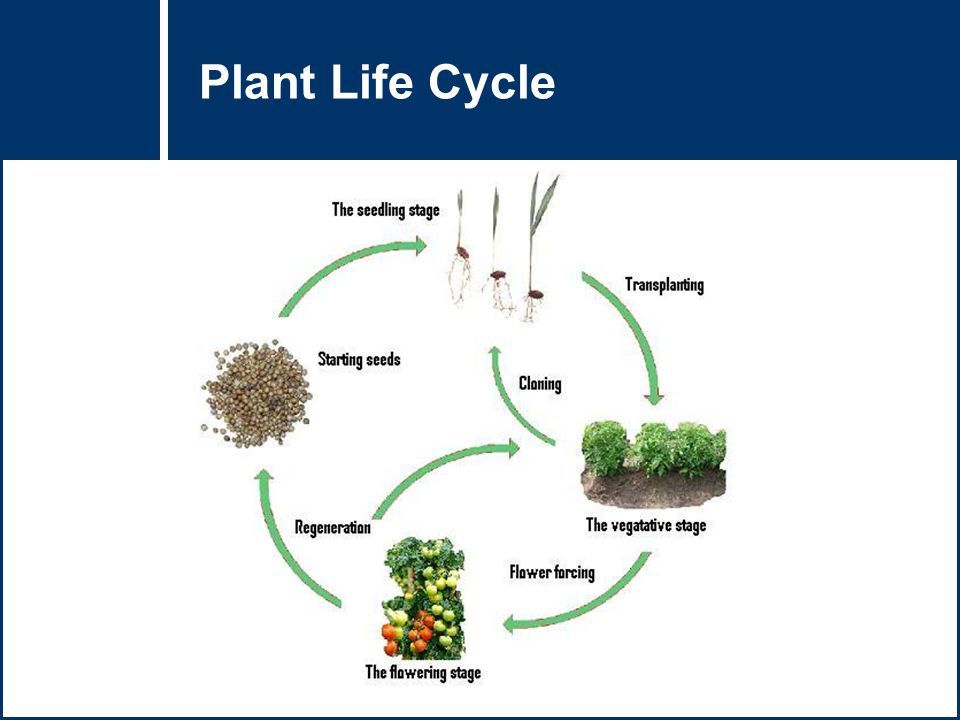
CHANGE might be required if:
- You got the first job you could find out of college, and you’ve never felt passionate about it
- Your health (mental or physical) is suffering because of your job
- You’ve found a passion which, if only you’d known about it years ago, you’d have followed as a career.
GROWTH might be required if:
- You know the work your company does is important, but your role is getting boring
- You’re finding it hard to get on with your colleagues
- You’d like to step up to the next level, within the same company
You can look at other situations in a similar way. Think about your finances: do you need to make radical changes (like cutting up your credit cards?) or do you simply need to grow (by learning more about financial topics, and by slowly increasing how much you save each month?) Or what about your relationship with your partner: if you’re having problems, is this because change is needed (such as a separation, or a complete turn-around in how you relate to one another) or do you need to grow (by gradually seeking to become more patient, loving and understanding)?
There’s no one-size-fits-all answer in matters of personal development, and one person may need to change fundamentally where another just needs to grow in a particular area. What are the big changes that you’ve made in the past – or that you know you need to make now? Where have you seen steady and incremental growth in your life?
Photo by Ana Santos
- More
Physical and sexual development of adolescents - Adolesmed
Pubertal growth spurt
At the beginning of puberty, a pubertal growth spurt occurs: under the influence of sex hormones, the child's body grows and develops rapidly, girls turn into girls before our eyes, boys become young men. The physical development of girls and boys occurs at slightly different rates. In girls, it occurs more rapidly and spasmodically. They go through all stages of development before boys. In boys, this process is less intense and ends later than in girls.
The physical development of girls and boys occurs at slightly different rates. In girls, it occurs more rapidly and spasmodically. They go through all stages of development before boys. In boys, this process is less intense and ends later than in girls.
At this time, the body length can increase by 7-12 cm per year. Girls usually overtake their peers-boys in growth and development. For girls, the jump occurs on average at 10-11 years old, for boys - at 13 years old. After reaching the peak of the growth rate, its rapid slowdown and cessation are observed (for girls - after 16 years, for boys - after 18 years). The maximum growth rate of adolescents is observed in spring, and the maximum rate of weight gain is observed in autumn. The intensity and duration of this jump is different for each teenager. Boys “catch up” and sometimes outstrip girls in development, as a rule, only by the last grades of school, while a boy of 17–18 years old is still growing, and a girl of the same age has already stopped growing.
Before the start of the growth spurt, the body shape of boys and girls is the same. But with the onset of puberty, under the influence of sex hormones, male and female body types begin to form. In boys, the width of the shoulders will exceed the width of the pelvis, while in girls it will be the other way around. Boys grow larger than girls.
Sometimes teenagers worry that their growth is very high or, conversely, low. The approximate final height of a boy can be calculated using the formula: (father's height + mother's height + 12.5) / 2 (cm), and for girls: (father's height + mother's height - 12.5) / 2 (cm). The prognosis of the development of the length of the daughter's body is more reliable according to the height of the mother, and the son - according to the height of the father. The prognosis of the daughter's body length is more reliable than that of the son. Normally, the target height of the child may vary within: the average height of the parents is ± 8 cm.
Prospects for a further increase in body length can be determined by radiographs of the hands. Evaluate the so-called growth zones in the bones of the fingers and wrist. If they are open, then the child will still grow.
Age-related changes in the body
The shape of the body and the rate of maturation of the reproductive system are determined by sex hormones. In boys it is testosterone produced by the testicles. It causes genital development and physical changes in a teenager's body, including an increase in muscle mass and bone maturation. The physique acquires typical male features - a wide shoulder girdle and narrow hips, relief muscles of the chest and back, and a male buttocks shape. There may even be temporary swelling of the mammary glands and nipples, followed by pigmentation of the areola.
All dates mentioned below serve as guidelines and are quite subject to individual fluctuations.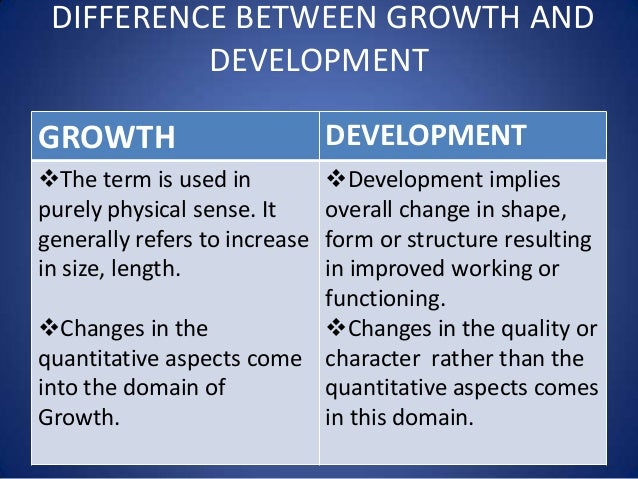 The development of secondary sexual characteristics in boys on average covers the period from 10.5 to 18 years. First of all, at the age of 10.5–12 years, the testicles increase, at the age of 12–13, the growth of the penis begins, pubic hair appears at the same time, after which other signs of puberty appear sequentially: voice mutation (13–14 years), growth of the thyroid cartilage (14-15 years), acne, armpit hair growth and the appearance of a characteristic sweat odor (14 years), the beginning of facial hair (14-16 years). Some young men begin to shave so that such “vegetation” appears faster. The growth of the external genitalia is usually completed by the age of 17–18, although their growth may continue until the age of 20–25.
The development of secondary sexual characteristics in boys on average covers the period from 10.5 to 18 years. First of all, at the age of 10.5–12 years, the testicles increase, at the age of 12–13, the growth of the penis begins, pubic hair appears at the same time, after which other signs of puberty appear sequentially: voice mutation (13–14 years), growth of the thyroid cartilage (14-15 years), acne, armpit hair growth and the appearance of a characteristic sweat odor (14 years), the beginning of facial hair (14-16 years). Some young men begin to shave so that such “vegetation” appears faster. The growth of the external genitalia is usually completed by the age of 17–18, although their growth may continue until the age of 20–25.
The main sex hormones girls are estrogens produced by the ovaries. They ensure the maturation of the genital organs and the development of the mammary glands. Androgen hormones are partly involved in the puberty of girls. Under the influence of sex hormones, the shape of the body is rounded, the chest increases, the pelvis becomes wider than the shoulder girdle. The external manifestations of the sexual development of girls cover the period from 9 to 17 years. With the onset of puberty in girls, the pelvis expands, the hips and buttocks become noticeably rounded, and the mammary glands increase (9–10 years), which take about 4 years to fully develop. From 10–11 years of age, pubic hair begins, reaching a maximum in 2.5–3 years. Hair growth of the axillary regions begins 1.5–2 years after the pubic one and ends by the age of 18.
The first menstruation occurs between 9 and 15 years, most often at 12-14 years. The age of menstruation is mainly determined by the state of health, heredity and living conditions. At first, periods may be irregular and have a different duration. Gradually, menstruation becomes regular, occurs on average every 28 days and lasts 3-5 days.
The first wet dreams (involuntary ejaculation at night and in the morning, often accompanied by erotic dreams) occur at the age of 14 and become regular in most boys by the age of 16.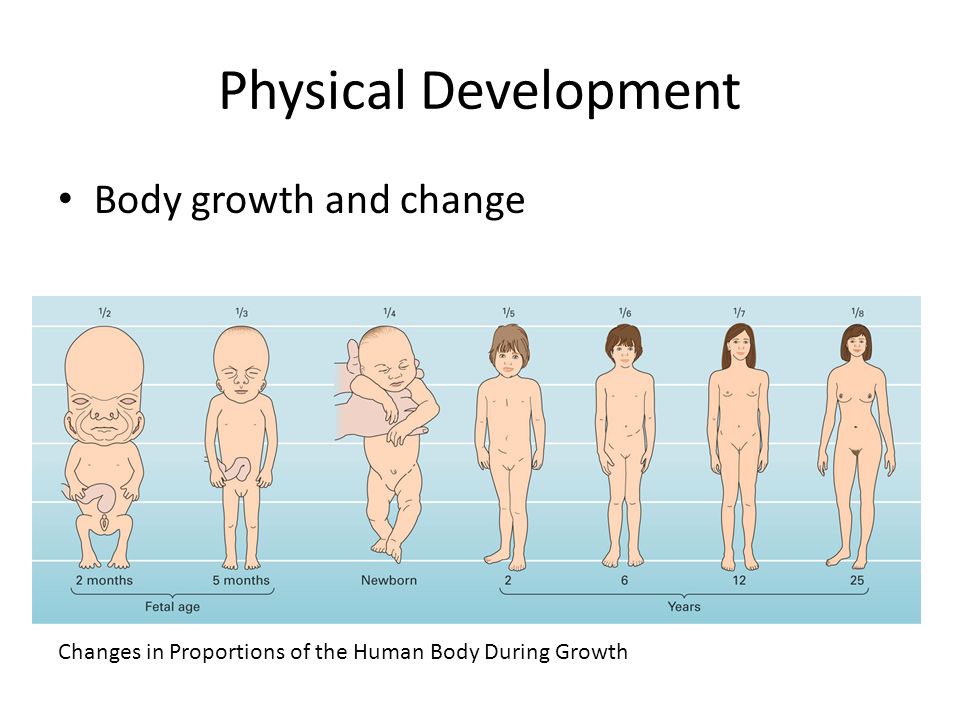
On average, over the period of puberty from 10 to 17 years, the body weight of adolescents increases by 34 kg in boys and 25 kg in girls, height - by 35 cm and 25 cm, respectively. Behind all these external changes is the intense activity of all organs and systems of the body.
In adolescence, the formation of the skeleton, nervous, endocrine and cardiovascular systems continues. Hence the characteristic clumsiness and angularity of adolescents, sudden mood swings, frequent complaints of adolescents about general weakness or even about the heart. But this is completely normal, since not all body systems develop evenly and, for example, an increase in the mass of the heart muscle (myocardium) may slightly lag behind the increase in the total body weight of a teenager.
Functional indicators and physical development. The quality of physical development should be assessed during the annual preventive medical examinations of schoolchildren. For this, there are special tables with the parameters of length and body weight at each age. In order to reliably speak about the nature and correctness of physical development, it is necessary to measure the length and weight of the body every year. At the same time, it is necessary to take into account not only body parameters, but also functional indicators - speed and strength, according to testing at physical education lessons. Body dimensions and functionality (speed, endurance) do not always coincide.
For this, there are special tables with the parameters of length and body weight at each age. In order to reliably speak about the nature and correctness of physical development, it is necessary to measure the length and weight of the body every year. At the same time, it is necessary to take into account not only body parameters, but also functional indicators - speed and strength, according to testing at physical education lessons. Body dimensions and functionality (speed, endurance) do not always coincide.
Modern adolescents are characterized by a discrepancy between already practically “adult” body sizes and rather low strength and speed indicators. Today, the high height and body weight of a child or adolescent does not yet mean their good adaptability and performance in the future. At the age of 17, modern boys have muscle strength indicators by 10 kg, and girls by 7 kg lower than schoolchildren of the 80s.
Personal growth or personal development
Film "How to achieve results in personal growth? NI Kozlov"
"Personal growth" and "Personal development" - as concepts, these are quite different things, but in practice few people distinguish between them. Even experts call them, confusing, and so and so.
Even experts call them, confusing, and so and so.
Growth is called quantitative changes, and if in the process of changes something becomes greater in a person (confidence, strength, speed of reaction) despite the fact that these changes occurred from within, naturally - in this case they speak of the process of personal growth. For example, all children, due to natural biological maturation and the cares of their parents, grow up in their psychological and educational level to kindergarten, then to school, the school raises them to the institute, then life pushes them to subsequent adulthood ... This is a natural, or passive personal growth.
Of course, in the process of growth there can sometimes be qualitative leaps - transformations. The caterpillar grows - and suddenly turns into a chrysalis, and the chrysalis - into a fluttering butterfly. Likewise, the child grows and grows, and now in the place of the baby - a teenager, then - a young man, and after some time the young man will become an adult.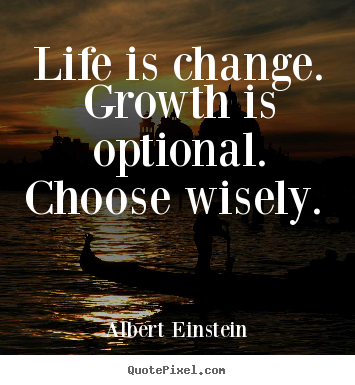 However, these transformations are not natural growth in its pure form, real Mowglis remain only little animals, children do not turn into humans by themselves. The child turns into a man only under the condition of the educative influence of human culture. Accordingly, it was not only growth, it was already the development of a person and personality.
However, these transformations are not natural growth in its pure form, real Mowglis remain only little animals, children do not turn into humans by themselves. The child turns into a man only under the condition of the educative influence of human culture. Accordingly, it was not only growth, it was already the development of a person and personality.
What is development?
Let's remember the classic: growth means quantitative changes, development means qualitative changes. If you see the book "Personality Development of Preschool Children", you know that you will find there a description of how a child's personality changes qualitatively from year to year, what kind of neoplasms occur in a child. The main questions to the topic of the results of personality development are: “What neoplasms can we talk about as qualitatively new?”, “How can you check that the development really happened?”, “Is it possible to talk about the level of development of a particular personality, compare people by level personal development!" and "What are the pinnacles of personality development?"
Unlike quantitative growth, qualitative changes are called development.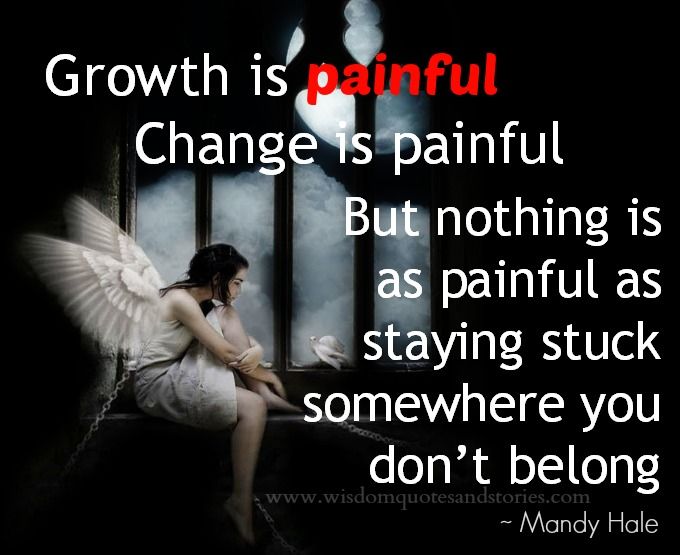 If in the process of change a person becomes different in something important, qualitative changes took place with him, they speak of the process of personality development. In practice, in life, the source of these qualitative changes is usually external influences: the boy was ill-mannered, they worked with him - and the boy became different - well-mannered. The girl was uneducated, but went to school, studied, and became an educated girl. Qualitative changes in us do not fall from the sky and do not spontaneously arise from within - they are created by someone. Someone who took care of us - or ourselves, if we began to change ourselves. This is not spontaneous generation, this is activity in relation to us.
If in the process of change a person becomes different in something important, qualitative changes took place with him, they speak of the process of personality development. In practice, in life, the source of these qualitative changes is usually external influences: the boy was ill-mannered, they worked with him - and the boy became different - well-mannered. The girl was uneducated, but went to school, studied, and became an educated girl. Qualitative changes in us do not fall from the sky and do not spontaneously arise from within - they are created by someone. Someone who took care of us - or ourselves, if we began to change ourselves. This is not spontaneous generation, this is activity in relation to us.
Accordingly, we can give another, more practical criterion for distinguishing growth from development:
Growth occurs from within, from oneself, while development is the result of a special influence from outside.
Accordingly, personal growth is an increase in the potential of the individual due to the internal dynamics of the personality core and its interaction with the environment.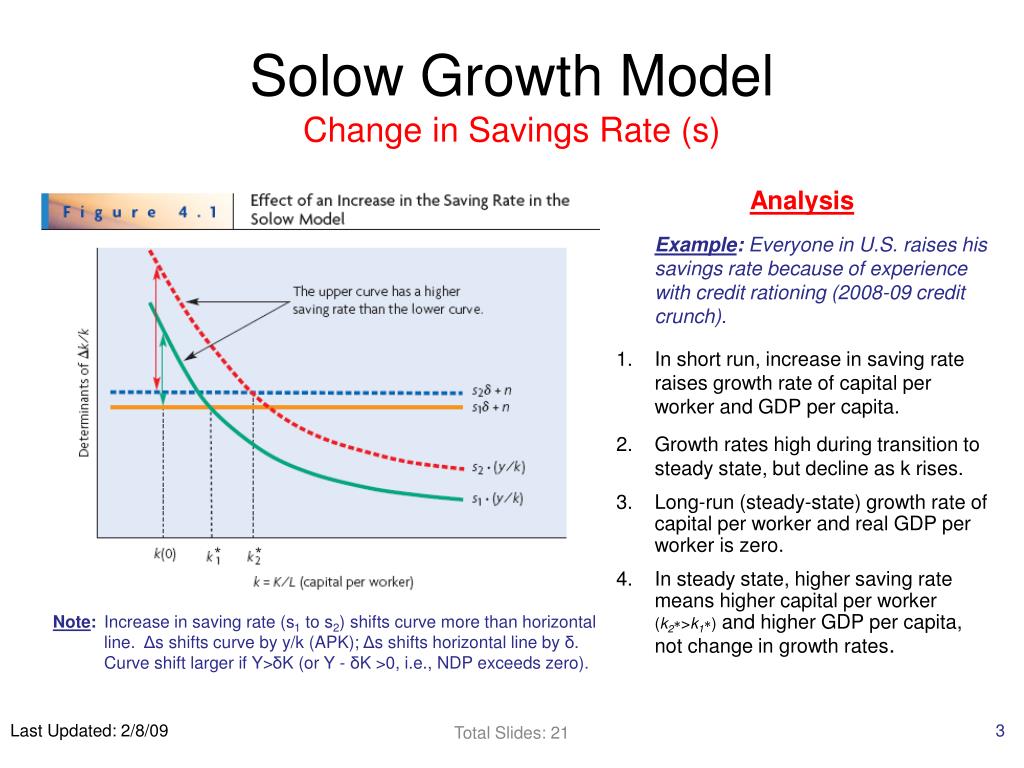 It can also be said that these are predominantly quantitative changes, understood as occurring from within. In contrast, the development of personality is produced by someone - i.e. the person himself, his relatives or society. If the influence from the outside on a person turned out to be effective, led to qualitative changes, then the development of the personality took place.
It can also be said that these are predominantly quantitative changes, understood as occurring from within. In contrast, the development of personality is produced by someone - i.e. the person himself, his relatives or society. If the influence from the outside on a person turned out to be effective, led to qualitative changes, then the development of the personality took place.
My mother fed me, and I ate and grew. I put on weight not because I made myself bigger or because my mother made me bigger, I grew up because if there is food at my age, my body grows on its own. This is growth. Or: the teacher taught me to study independently and with desire. I studied, but the teacher made me loving to study. This is development.
From the point of view of practice, the most important difference between "personal growth" and "personal development" lies in the psychological arsenal of possible means of influencing ongoing processes. What is in our arsenal if we want to help a person's personal growth? - Only three things: faith in a person, the creation of a free supportive environment and - psychotherapy, that is, support and treatment in case of problems.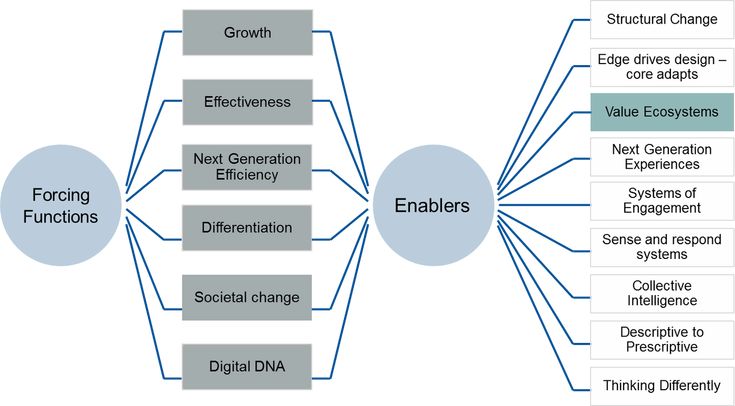 A little. What is in the arsenal of a specialist psychologist involved in the development of the personality of a student, client, participant in the training? Here the arsenal is much richer: cooperation in his self-development, study, training, transfer of knowledge, presentation of samples, development of skills and abilities. And also - rewards and punishments, suggestion and infection, involvement and other positive manipulations, all varieties of positive and other reinforcement, in general, all varieties of classical and operant conditioning.
A little. What is in the arsenal of a specialist psychologist involved in the development of the personality of a student, client, participant in the training? Here the arsenal is much richer: cooperation in his self-development, study, training, transfer of knowledge, presentation of samples, development of skills and abilities. And also - rewards and punishments, suggestion and infection, involvement and other positive manipulations, all varieties of positive and other reinforcement, in general, all varieties of classical and operant conditioning.
In the table, the differences between "personal growth" and "personal development" can be seen more clearly.
It is clear that growth and development are interconnected and complement each other. Growth is the natural basis for development. You can develop only that for which there is already a natural base. If a young person is still only an Executor in terms of business responsibility, has not even grown to the level of a Specialist, then it is useless to develop a Manager in him.